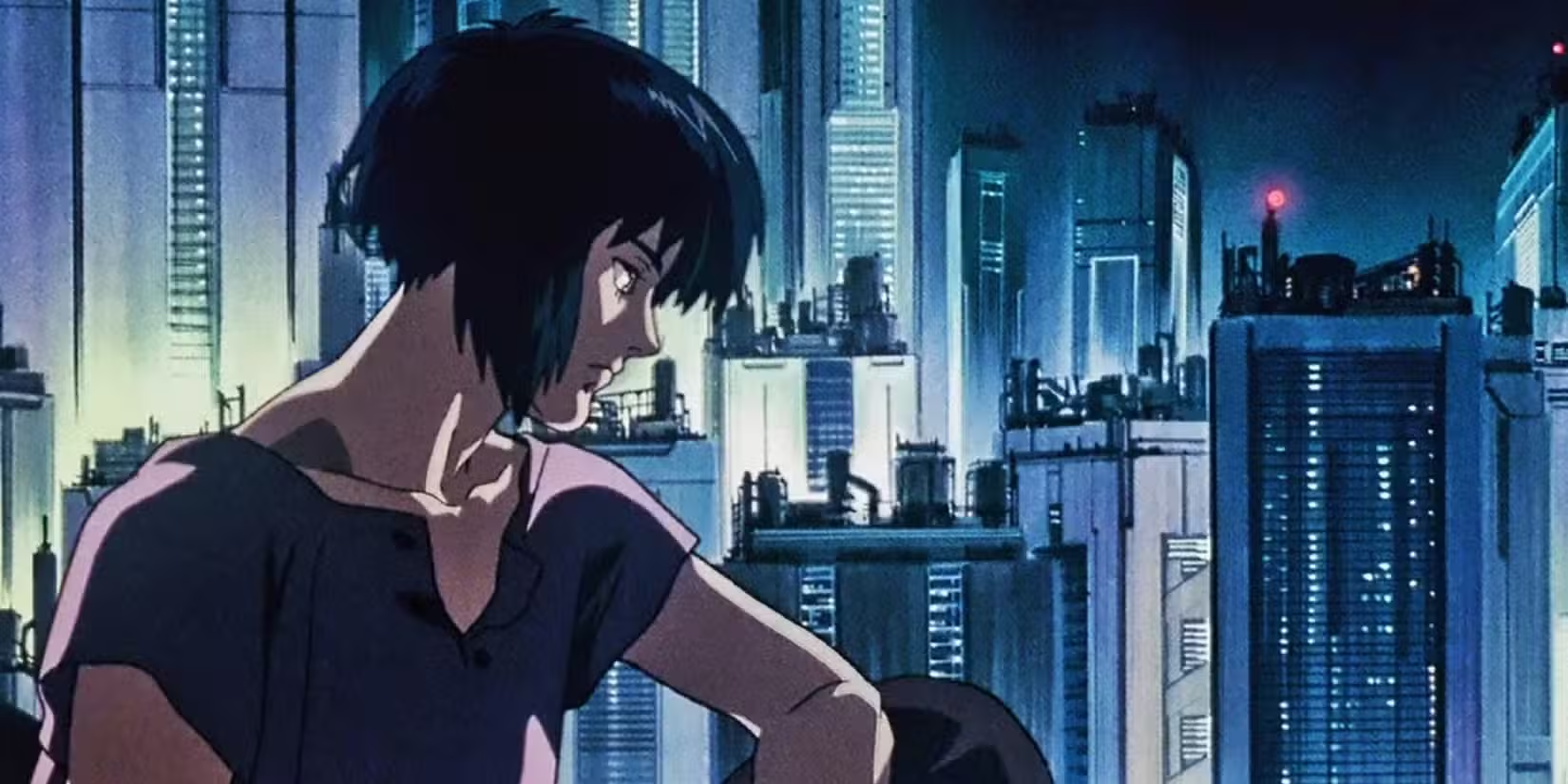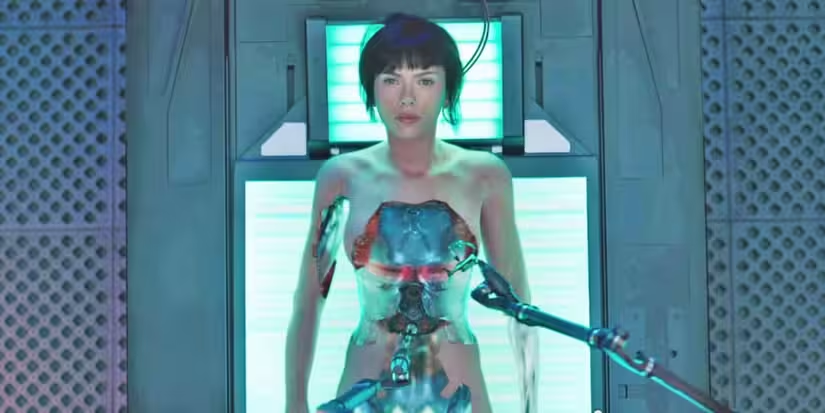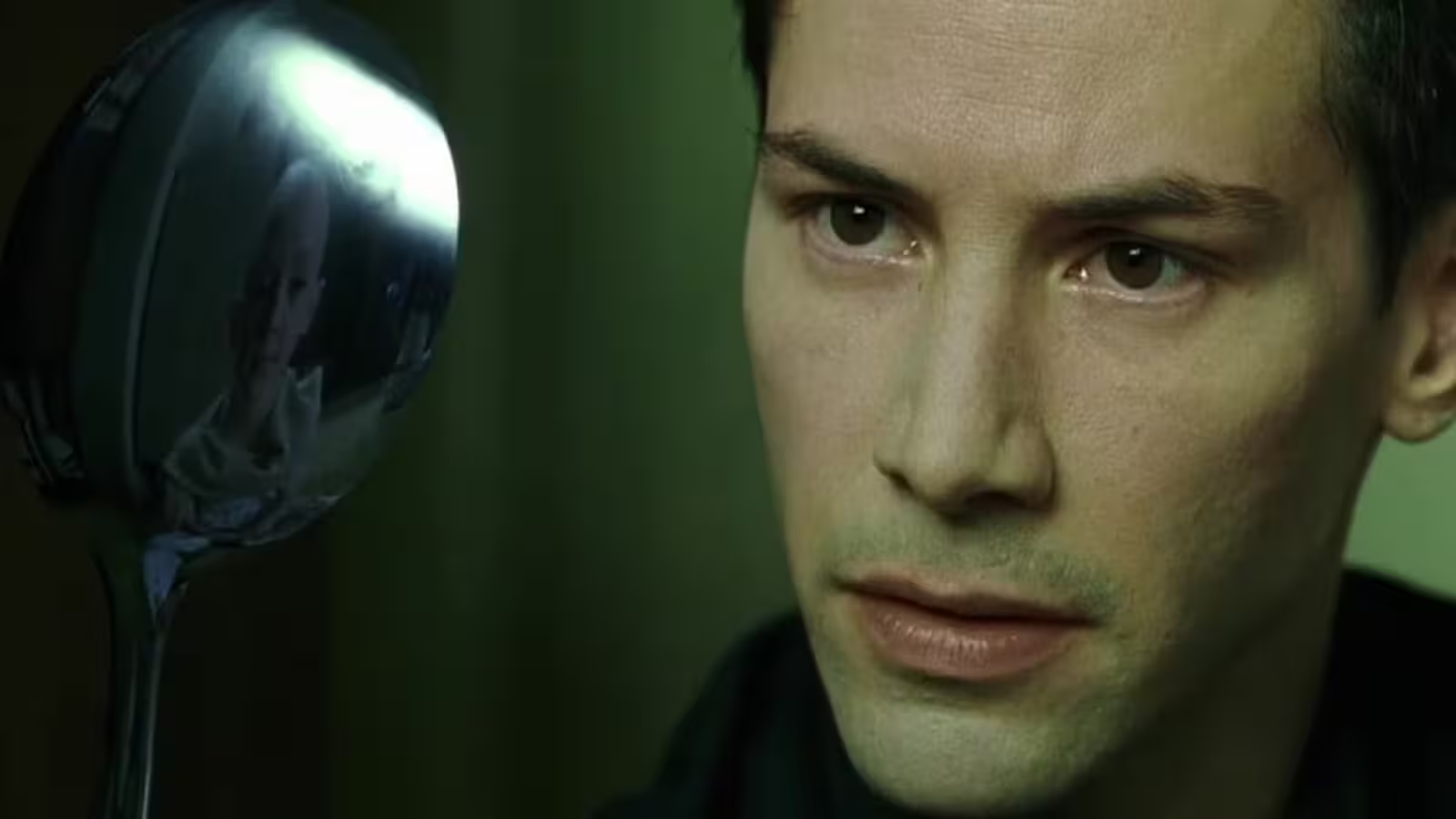5 Minutes
Introduction: A Forgotten Predecessor to a Blockbuster
When The Matrix burst into cinemas in 1999 it rewired mainstream science-fiction and action filmmaking. Yet four years earlier, a Japanese animated film had already mapped many of the same questions about reality, identity and technology. Ghost in the Shell (1995), directed by Mamoru Oshii and adapted from Masamune Shirow's influential manga, remains one of the most important cyberpunk anime of the 1990s and a vital piece of cinema history that deeply influenced later movies, including The Matrix.
Plot Summary: A Quiet Thriller About Consciousness
Set in a neon-drenched near-future city, Ghost in the Shell follows Major Motoko Kusanagi, a cyborg agent working for Public Security Section 9. Tasked with tracking a sophisticated hacker called the Puppet Master, the Major confronts unsettling questions: what constitutes a soul? How much of identity is memory or code? The film blends tense investigative beats with philosophical reflection, using a concise runtime to balance high-octane action and contemplative moments of urban life.
Cast and Crew: The Team Behind the Vision
Directed by Mamoru Oshii with a screenplay by Kazunori Ito and a haunting score by Kenji Kawai, Ghost in the Shell showcases animation studio Production I.G's meticulous craft. Atsuko Tanaka provides the iconic Japanese voice of the Major, and the film's look—rooted in Masamune Shirow's designs—created a visual language that redefined cyberpunk anime for global audiences.

Production Details: How the Film Built Its World
The production combined detailed hand-drawn animation with digital post-production techniques that were cutting-edge for the mid-1990s. The aesthetic marries gritty, lived-in cityscapes with sleek cybernetic design. The film’s deliberate pacing allows short bursts of kinetic action—such as the blistering city chase and a jaw-dropping final confrontation with an insectoid tank—to land with real impact, while quieter sequences linger on everyday scenes to underscore the film's meditative core.
Why Ghost in the Shell Influenced The Matrix
Directorial nods and shared imagery make the influence clear: the cascading code motifs, slow-motion combat flourishes, and sleek dystopian design found new life in The Matrix. The Wachowskis have cited Ghost in the Shell as a touchstone, and many of their film’s signature visuals and philosophical questions echo Oshii’s cyberpunk vision.
Critical Reception: A Landmark in Anime and Sci‑Fi
Upon release, Ghost in the Shell was praised for its visual sophistication, atmospheric score, and ambitious exploration of identity and memory in a digital age. Critics celebrated its ability to elevate animation to adult, intellectual storytelling. While some viewers note its reflective pace, most film scholars and fans agree it set a new bar for cinematic anime and cyberpunk storytelling.
The 2017 Live-Action Remake: Slick but Shallow
The 2017 adaptation starring Scarlett Johansson and directed by Rupert Sanders offered glossy visual effects and action sequences but struggled to capture the depth that made the original resonate. Critics pointed to a muddled script, less challenging thematic exploration, and controversy over casting choices. While visually impressive, the remake is widely seen as a pale imitation that never fully escapes the shadow of Oshii’s film.

Personal Take: Why the Original Still Matters
For movie lovers and series aficionados, Ghost in the Shell is essential viewing. It demonstrates how animation, like live-action cinema, can probe philosophical questions and craft breathtaking action. Its influence on global cinema—most notably The Matrix—speaks to its enduring power. If you care about cyberpunk, science fiction, or films that interrogate the nature of consciousness in the digital era, Ghost in the Shell remains a masterpiece whose textures and ideas reward repeated viewing.
Where to Start
Watch the 1995 film first. Explore the franchise afterward—there are TV series and other movies that expand the world in interesting ways—but let Oshii’s original be your entry point into one of the richest examinations of identity, technology, and what it means to be human.
Source: screenrant



Leave a Comment